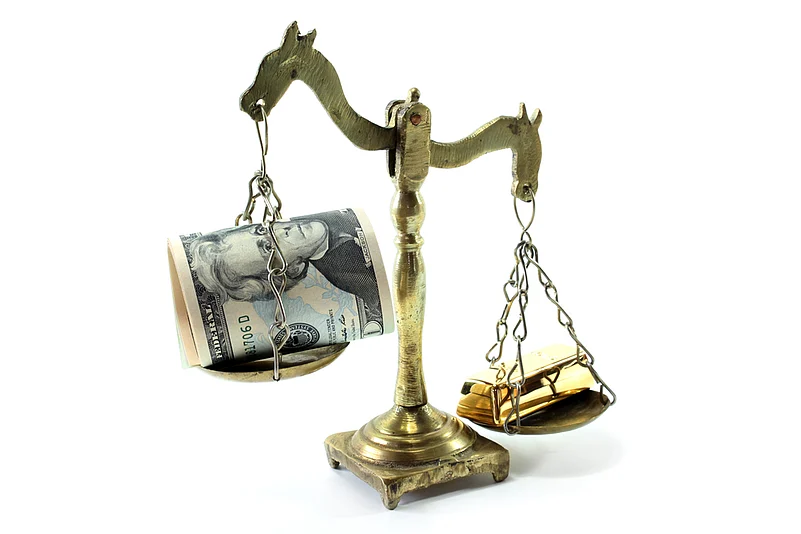Are precious metals an asset class worth investing in for novice investors?
Precious metals are indeed a lustrous asset class for all categories of investors, primarily due to their capabilities as a strong portfolio diversifier. Especially novice investors who often overlook the aspect of effective asset allocation, thereby making it vital for them to invest in precious metals. Secondly, precious metals, especially gold, is considered to be a safe haven in times of unpredictability in the economy and financial markets. The current turbulent times marred by the uncertainties of the pandemic make a prudent case for investing in precious metals. Precious metals can also provide an effective hedge against inflation and given the prevailing low interest rates on fixed deposits and debt, investing in precious metals is worth a serious thought.
Advertisement
What are the main avenues to invest in gold?
The past decade didn’t just witness newer avenues to invest in gold, but also saw a massive turnout of investors opting for these newer investing avenues. While gold continues to be held in its physical forms such as coins, bars and jewellery, the varied advantages of Gold ETFs and Gold Mutual Funds have found their way into investors’ portfolios. Gold ETFs provide high liquidity and can easily be traded on an exchange. Further, investors can also choose to invest in smaller amounts since Gold ETF units are available in a host of denominations. Apart from these, entering gold derivative contracts such as futures and options are other avenues to profit from price movements in precious metals.
Advertisement
How do you diversify investments in precious metals?
Investing in precious metals itself makes way for diversification in an otherwise equity-heavy portfolio. Considering the Indian markets, one can further diversify their precious metals portfolio across gold as well as silver. While investing in gold is accompanied by choices for several avenues, silver can be held in its physical form or traded through futures and options. It is often said that gold and silver prices go hand in hand, however investors should not restrict their investments only to gold as among other factors, silver is heavily used in various industries and the demand-supply ratio often affects silver prices steeply.
How gold futures and options seem more lucrative as investments instead of traditional gold buying?
Gold futures and options hold the potential for high returns on investment which makes them lucrative. Further, leverage enables traders and investors to take positions larger than the size of their capital. Gold futures provide immense flexibility to traders with regards to their position sizing as these contracts come in a range of sizes. While Gold and Goldm (Gold Mini) futures come in lot sizes of one kilogram and 100 grams respectively, Gold Guinea and Gold Petal are two other futures contracts that come in smaller sizes of eight grams and one gram respectively.
Advertisement
Further, they offer higher liquidity than traditional gold-buying and naturally don’t carry the hassles of traditional gold purchases with regards to storage costs, design charges and theft risk. Although the real comparison here should be between Gold FnO and Gold ETFs. While the latter would be a good investment avenue in precious metals considering a longer time horizon, the former could suit better to a trader looking to benefit from short term spikes in the commodity prices.
How do precious metals win as investment options in times of crisis? What’s their longevity?
Precious metals have time and again proven their status as a safe haven during times of crises. While events such as an economic crisis or the onset of a pandemic negatively impact global financial markets, precious metals are accompanied by their physical properties that make them a dependable store of value. Further, during times of crisis, central banks often resort to an expansionary monetary policy which naturally means lower interest rates. This in turn makes investing in precious metals a natural winner during such times.
Advertisement
However, one shouldn’t overlook the fact that gold has witnessed bear markets in the past, sometimes for as long as 10 to 15 years. Over long-term horizons such as 15 years or more, the rise in gold prices has historically fallen short when compared to the growth in equity benchmark indices. Hence, while one should always allocate a small part of their portfolio to gold, its weightage in the portfolio can be modified from time to time, depending on the overall state of the economy. One can increase the portfolio allocation to precious metals in times of crisis or even during an extremely overheated economy, but it becomes vital to switch back to equity once the economy tides over the uncertainties.















 Just one email a week
Just one email a week